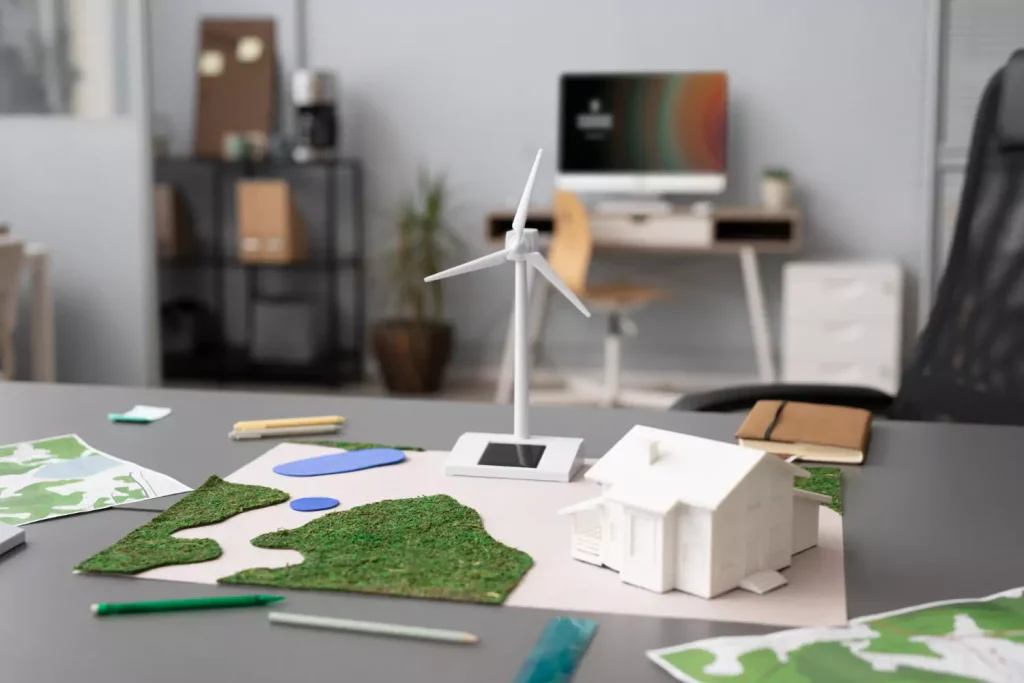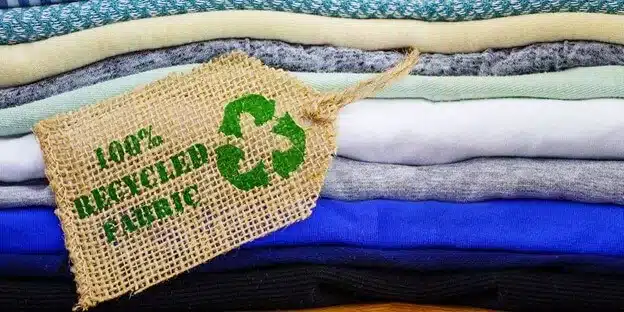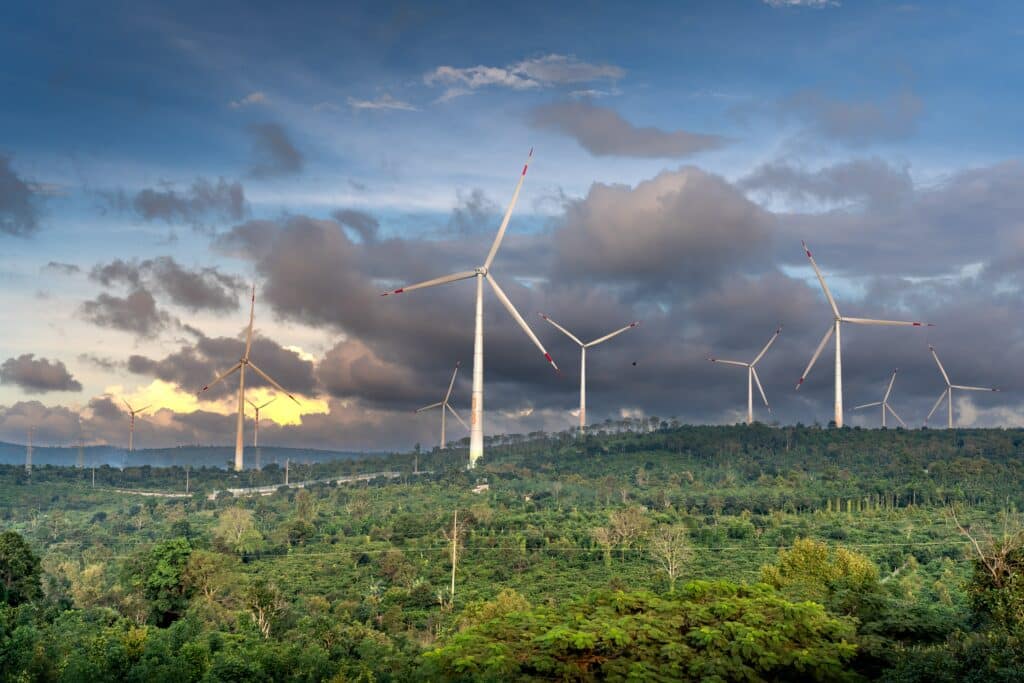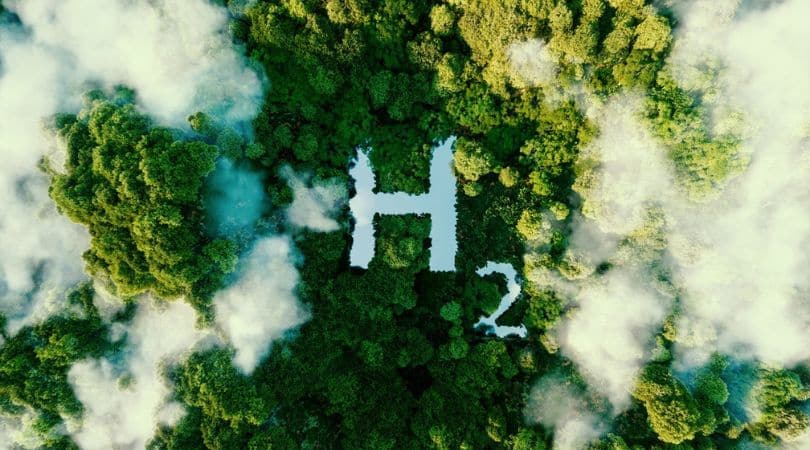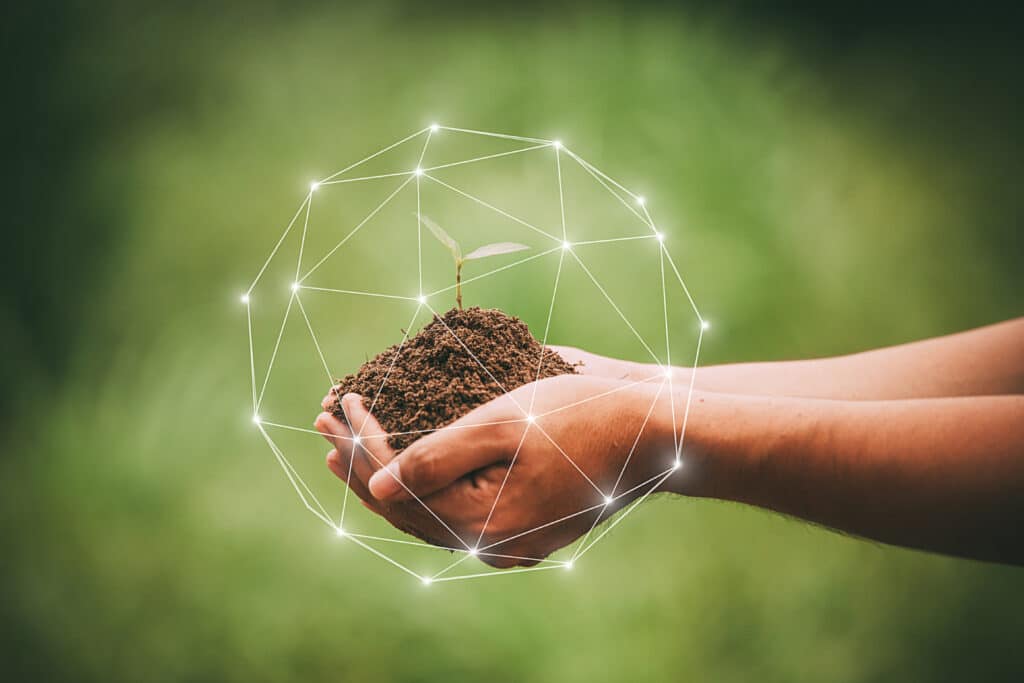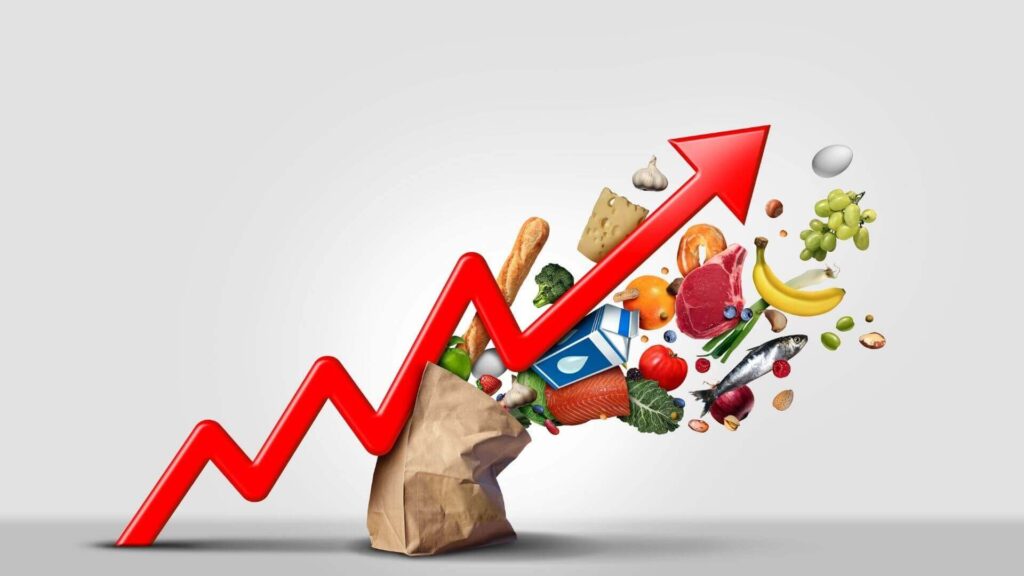Over the past three decades, global warming and carbon emissions have become major concerns worldwide. Various industries have been accused of contributing to these issues. The construction sector, in particular, has become a focal point due to its significant contribution to annual carbon emissions. The built environment is responsible for a staggering 39% of global […]
Bioinspired Innovation: Harnessing Nature’s Wisdom to Address Current Challenges
Nature has always been a primary source of inspiration for our ideas and innovations. From a poem contemplating the beauty of autumn to a 16th-century visionary who drew the first plans for human flight from birdwatching, we have always looked to nature for guidance. The deliberate use of nature for technological advice on many of […]
Debt Distress and The Sustainable Development Agenda: Unfulfilled Goals?
The global debt pile is mounting at an alarming pace, with a stock of $305 trillion in 2023, recording a staggering surge of $100 trillion over the past decade, as the Institute of International Finance highlighted. The World Bank identifies the emerging risk of entering ‘a fifth wave’ of a debt crisis. This implies a […]
Scope 3 emissions
An increasing number of investors, consumers, and other stakeholders are demanding access to a comprehensive view of companies’ environmental impacts, along with climate-related risks. Companies that choose to report on their emissions usually only include information on their scope 1 and 2 inventories, thus excluding scope 3 emissions from their disclosures. However, given the mounting […]
The State of Sustainability in the Fashion Industry
In today’s fashion landscape, sustainability has become a powerful force, compelling brands to reassess their operations and present an eco-conscious image. As consumer demand for ethically sourced products grows, fashion companies are recognizing the need to adopt concrete measures for responsible practices. From sourcing materials to manufacturing processes, a comprehensive approach to sustainability is emerging, […]
AI and Environmental Sustainability
In recent years, artificial intelligence (AI) has become a prominent topic of conversation. Advances in other frontier technologies, such as cloud computing, big data, the Internet of Things (IoT), and virtual reality, have led to some major breakthroughs in artificial intelligence. Aside from the financial and societal benefits of AI applications, the technology is also […]
Green hydrogen: Africa as a new hub
After years of being hyped as a possible game-changer and touted as the fuel of the future, green hydrogen is now recognized as a crucial component of any realistic net-zero economy in the long term by both governments and investors. While energy transition plans were slowly taking shape, particularly in Europe, recent events have created […]
Why corporate sustainability matters
Corporate sustainability has evolved from a mere buzzword to a critical business imperative. This article traces the journey of corporate sustainability, highlighting pivotal moments and key initiatives that have shaped its current significance in the global business landscape. A few key dates The United Nations Global Compact, launched in 2000, is a multi-stakeholder leadership initiative […]
Hydrogen to decarbonize Road Transportation
Energy use and CO2 emissions from transportation The transportation sector accounts for around 30% of global final energy consumption. Given that most of our energy is still derived from fossil fuels, despite the growing share of renewable energy generation and the announced carbon neutrality ambitions by 2050, transportation is already at the top of a list of sectors […]
Looming Inflation Expected to Persist throughout 2022
In recent times, inflation has been a topic of discussion for economists, politicians, and citizens alike. The pandemic has brought an end to a period that was marked with low-to-moderate inflation rates with even deflation plaguing countries such Thailand, Qatar, and Malaysia before the COVID outbreak. There has been a noticeable spike in the number […]
